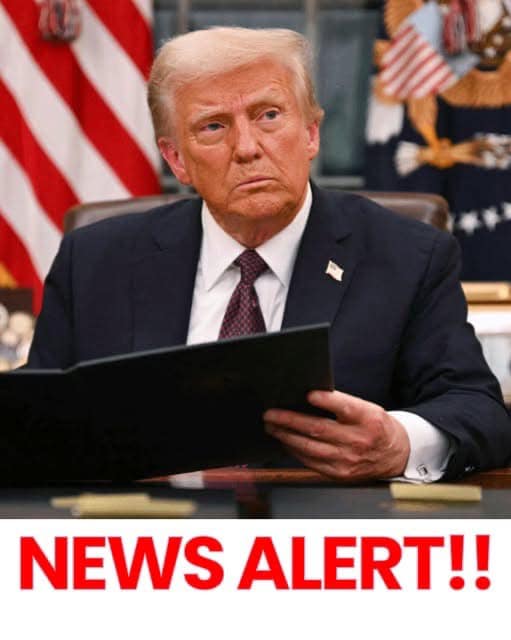In a historic move, President Donald Trump signed an executive order on Saturday designating English as the official language of the United States. This marks the first time in the nation’s nearly 250-year history that a federal official language has been established.
The executive order rescinds a mandate from the Clinton era that required federal agencies and recipients of federal funds to provide language assistance to non-English speakers. Under the new directive, agencies are not obligated to change their current accommodations for non-English speakers, leaving such decisions to the discretion of agency heads.
President Trump stated that this measure aims to promote unity, cultivate a shared American culture, and ensure consistency in government operations. He emphasized that establishing English as the official language would create a pathway toward civic engagement for all citizens.
The United States has long been a linguistically diverse nation, with over 350 languages spoken across the country. Prior to this federal designation, 32 states had already declared English as their official language.
Critics argue that this move could hinder access to essential services for non-English speakers and may negatively impact immigrant communities. Advocacy groups express concern that the order could reduce language accessibility, affecting individuals’ ability to engage with federal programs and participate fully in civic life.
Supporters of the executive order view it as a reaffirmation of national identity and a step toward streamlining governmental procedures. They argue that a common language facilitates better communication and integration within society.
This executive order is one of several actions taken by President Trump in recent weeks. Notably, he has also directed efforts to boost domestic lumber production by streamlining permitting processes and investigating the national security implications of lumber imports.
As the nation adapts to this significant policy change, debates continue regarding its implications for America’s cultural diversity and the practical aspects of its implementation.




